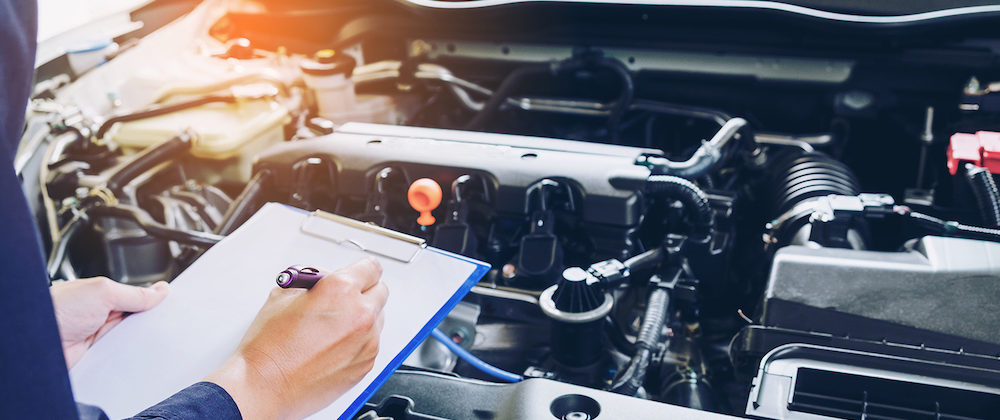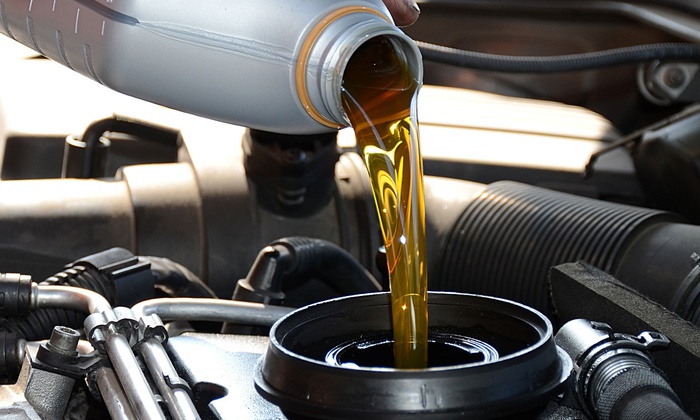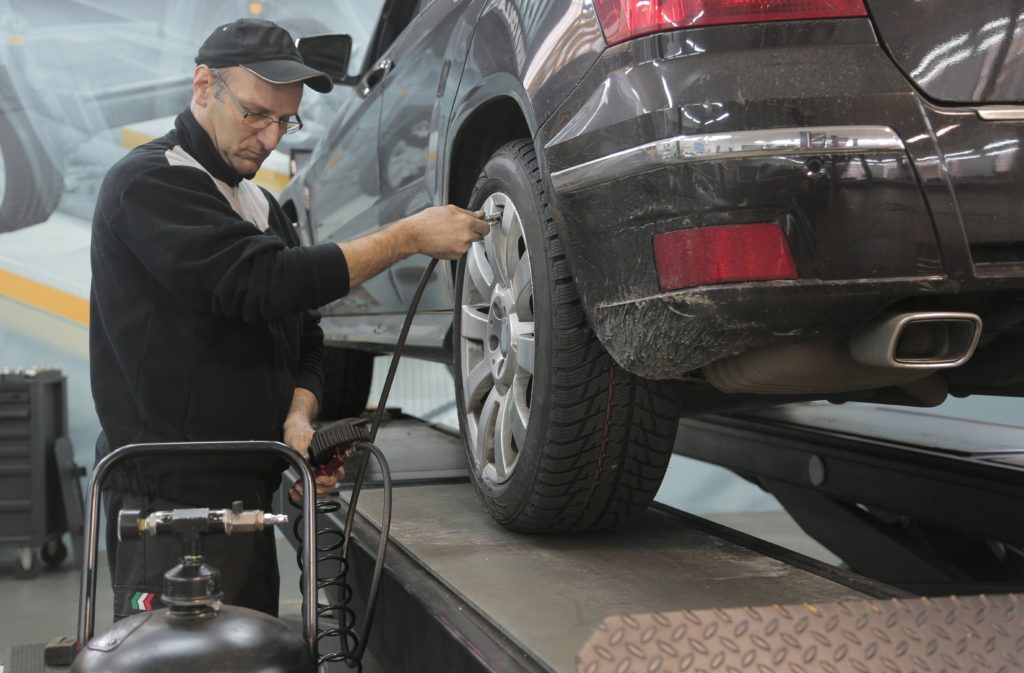5 Crucial Spring Car Care Tips

It’s always exciting to welcome spring weather. But what about your cars? They’ve probably endured a long, cold winter up until this point.
Driving through snowstorms and icy roads takes its toll on any car, as does the accumulation of salt and fluids over the winter. Cars need maintenance on the exterior and the interior to last as long as possible and, in turn, protect your investment.
The cost of repairs and maintenance can pile up on you if the appropriate steps aren’t taken each season. After tackling a long winter, it’s crucial to do your due diligence in making sure vehicle expenses won’t creep up on you, even with the weather getting nicer.
Here are five crucial spring car care tips to make sure your vehicles make a smooth transition into the better weather.
1. Give it a spring cleaning (Car Edition)
Not only is spring a great time to clean out all the clutter in your house, but it’s also a good opportunity to clean the clutter that has gathered throughout the winter.
This spring car care tip works for both the interior and exterior. Make sure to give your car a thorough washing of the salt that has damaged your vehicle’s body over the winter. Besides the importance of keeping a car clean, a vehicle’s appearance is that much more accentuated when it’s nice and shiny on the inside and out.
2. Change the fluids
Spring is an ideal time to change your car’s key fluids. Not only is it important to change your oil and of course keep your windshield washer fluid full, but there are more fluids to consider.
Be sure to check your power steering, brakes and transmission fluids. If the levels are low, top them off and flush/replace them as recommended in your owner’s manual. Keep in mind that your power steering, brake and transmission fluids are closed, meaning that if they’re low, that may indicate a leak.
Finally, an oil change is definitely a must, not just with the calendar turning to spring, but with every seasonal change. Your coolants should be checked as well, to ensure no leakage has occured.
3. Check your belts and hoses
Winter can do quite a number on belts and hoses. Colder temperatures can harden and/or damage rubber, so it’s crucial to have these checked. Inspect and replace worn or cracked belts, as well as hoses that are blistered, brittle or too soft.
Belts and hoses usually have a lifespan of five years; always err on the side of caution. If your belts have to be replaced, you may also need to replace the tensioner and pulleys to keep the new belt from slipping.
4. Tackle your tires
While getting snow tires may be the best route to take for winter, you may have used all-season tires on your car. If that’s the case, it’s no secret that the winter has probably given your tires a heck of a beating.
Take the spring to rotate and balance your tires. Every vehicle in your fleet should have their tires inflated to the appropriate PSI (pounds per square inch). The potholes and the harsh road conditions ruin your tires and wear them down. Properly inflated and balanced tires will only help your fleet in the long run.
5. Check the bits you can’t see
Lift up the hood of each car and take a look. Even if you’re not a mechanic, there are some basic checks you can undertake to ensure there haven’t been any issues developing during the winter.
If accessible, check belts and hoses to make sure there aren’t any obvious signs of wear. Cold temperatures can make these components brittle and susceptible to splitting and cracking; it’s usually pretty obvious if that’s happened.
Remember – if you’re not comfortable undertaking these more detailed checks yourself, it’s advisable to call on the services of a mechanic or the vehicle’s maintenance package.
While these spring car care tips will help the maintenance of your fleet, find out how Bluebird Auto Rental Systems can help you manage you optimize your fleet’s revenue. Contact us today!
—

